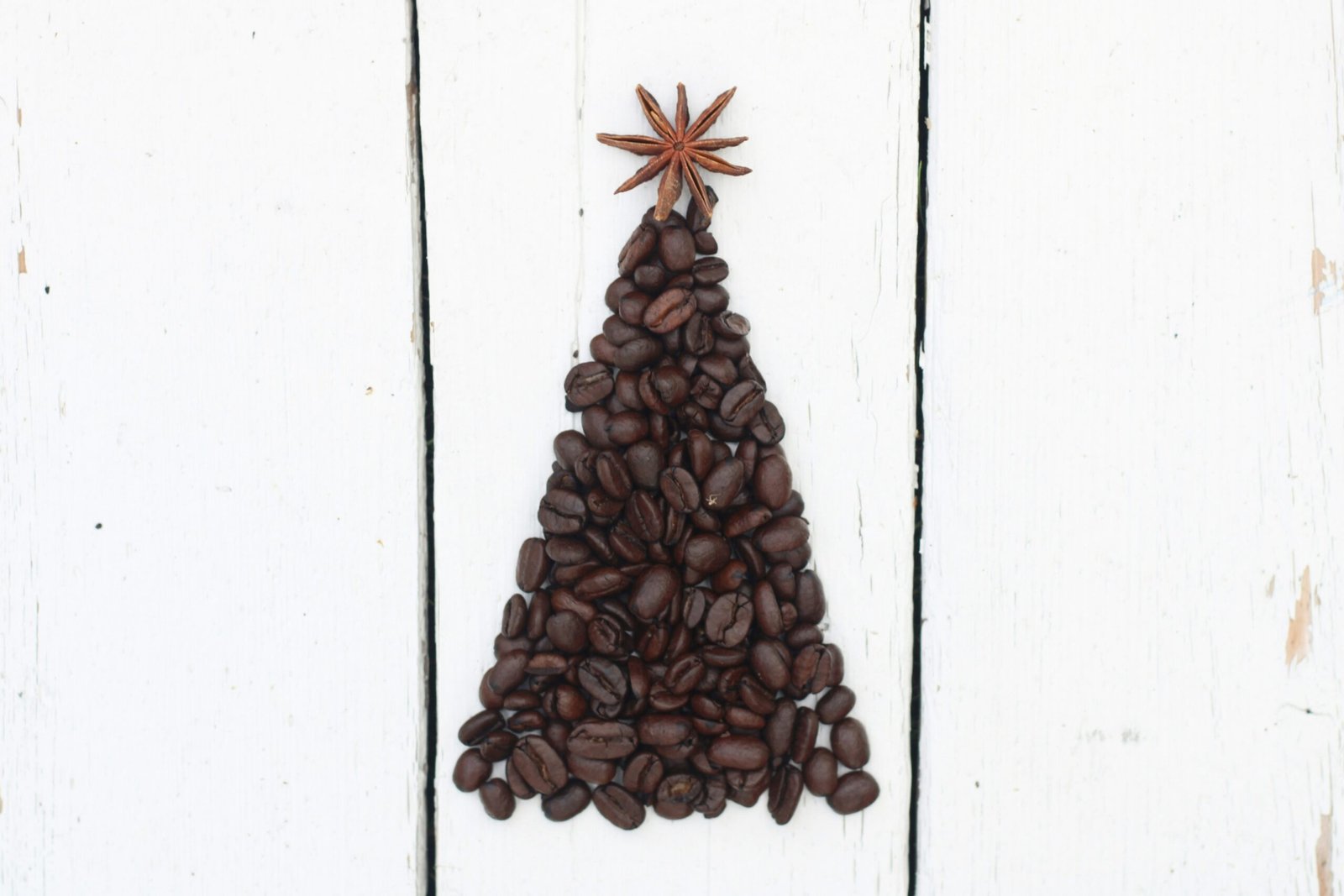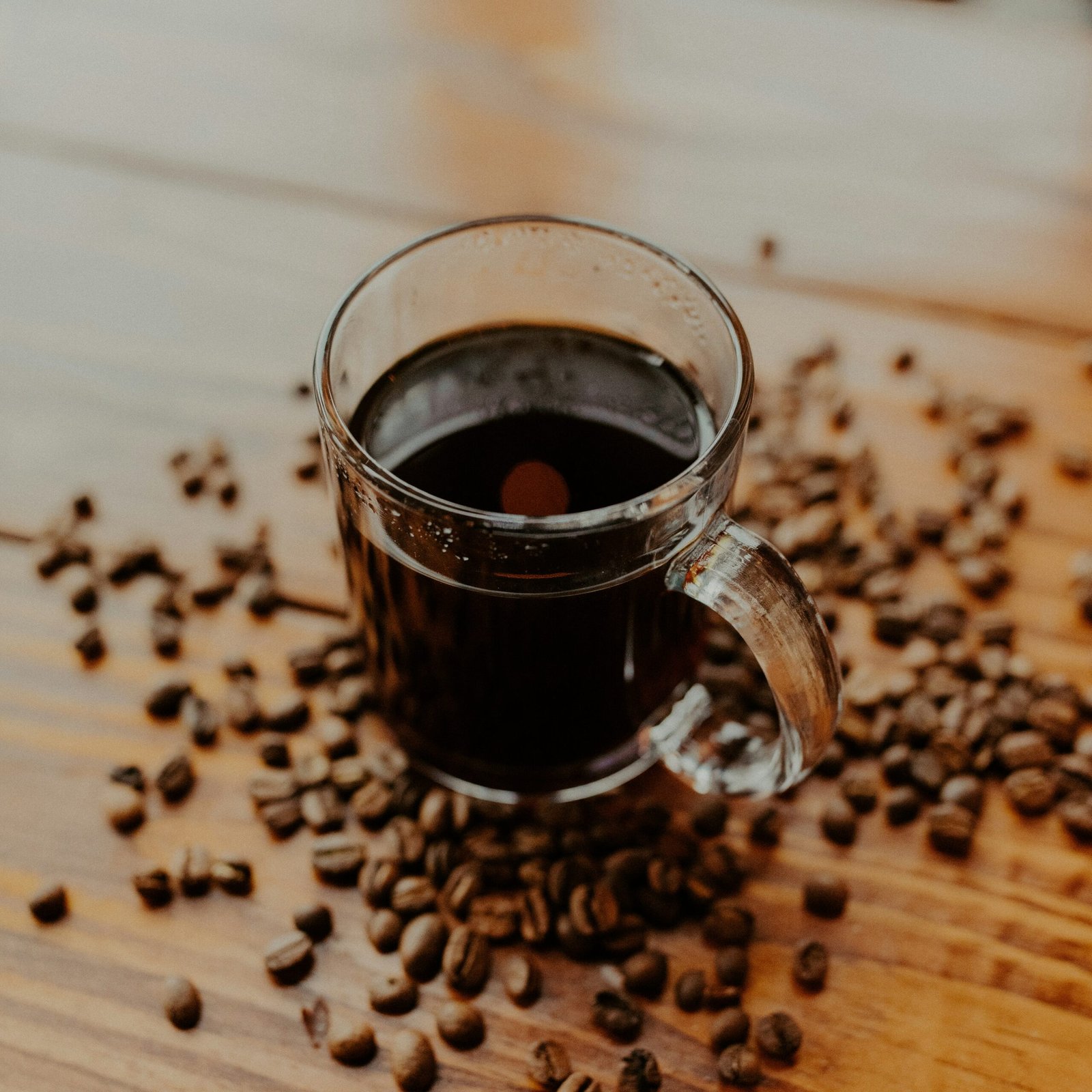Introduction to Coffee to Water Ratios
The coffee to water ratio is a fundamental aspect of brewing that significantly impacts the flavor, strength, and overall experience of the beverage. To achieve a consistently satisfying cup of coffee, understanding this ratio is essential for both novice and experienced coffee enthusiasts. The ratio refers to the proportion of coffee grounds to the amount of water used in the brewing process, and different brewing methods can require tailored ratios to bring out the best characteristics of the coffee.
At its core, the coffee to water ratio influences the extraction process—how soluble compounds from the coffee grounds infuse into the water. When the ratio is balanced, optimal extraction occurs, yielding desirable flavors and aromas. Conversely, an inappropriate ratio can lead to either under-extraction, resulting in a weak and sour brew, or over-extraction, which may produce a bitter and unpleasant taste. Therefore, precisely measuring how much water to coffee ratio is crucial in attaining the desired flavor profile.
This importance is particularly evident in different brewing methods. For example, cold brew coffee requires a higher coffee to water ratio to account for the prolonged steeping time, typically in a ratio of 1:4. In contrast, drip coffee often involves a more common ratio of 1:15. Each method produces different flavors and strengths, which means that understanding and adjusting the ratio is key for achieving the perfect brew.
Conclusion
The coffee to water ratio serves as a guiding principle for crafting an exceptional cup of coffee. By grasping how this ratio affects the brewing process, individuals can make informed adjustments to tailor their coffee experience to their personal preference, ensuring an optimal balance between flavor and strength each time they brew.
Coffee to Water Ratio: The French Press Method
The French Press method is widely celebrated for its rich and full-bodied coffee, which can be largely attributed to the specific coffee to water ratio utilized in the brewing process. Generally, the recommended coffee to water ratio for a French Press is about 1:15 to 1:17. This means for every unit of coffee, you should add 15 to 17 units of water. For example, if you use 30 grams of coffee, you would use 450 to 510 ml of water. This ratio can significantly influence the strength and flavor profile of the coffee, making it essential to adhere to these measurements, especially for those new to the French Press method.
In addition to the correct ratio, the grind size of the coffee beans plays a crucial role in producing optimal results. A coarse grind is recommended, as it allows the water to extract flavors effectively without resulting in over-extraction or a bitter taste. If the coffee is ground too finely, it can lead to a muddled and bitter brew, diminishing the natural flavors of the coffee.
The steeping time is another important factor in the French Press method. A steeping time of approximately four minutes is generally ideal. However, this can be adjusted based on personal preferences. Longer steep times may yield stronger flavors but can also lead to over-extraction, while shorter steep times may result in a milder taste. It is necessary to experiment with both the coffee-to-water ratio and the steeping time to find the combination that best suits your palate.
Ultimately, personal preferences and the type of coffee beans used can significantly affect the ideal coffee to water ratio. Specialty beans may require different ratios to showcase their distinct flavors, encouraging experimentation to achieve the perfect blend.
Cold Brew Coffee: Finding the Right Ratio
The preparation of cold brew coffee is a unique process that significantly differs from traditional hot brewing methods. One of the critical factors influencing the flavor and strength of cold brew is the coffee to water ratio. Generally, the recommended coffee to water ratio for cold brew coffee is about 1:4 to 1:5. This means for every 1 part of coffee, you should use 4 to 5 parts of water. This higher ratio provides a concentrated brew that is later diluted to achieve the desired strength.
Unlike hot coffee, which extracts flavors quickly through heat, cold brew coffee requires a much longer extraction time. The process typically takes 12 to 24 hours, allowing the flavors to develop more slowly and mellow out, resulting in a smoother, less acidic flavor profile. This slow extraction process is crucial in achieving a well-balanced cup of cold brew without the bitterness that can sometimes accompany traditional brewing methods.
Adjusting the coffee to water ratio can cater to individual preferences. For those who prefer a stronger flavor, a ratio closer to 1:4 can be employed, whereas a lighter brew can be achieved with a ratio of 1:5. It is important to note that cold brew can also be diluted after the brewing process. This is a common practice among enthusiasts, allowing them to customize their beverage. After brewing, the concentrate can be mixed with water, milk, or a milk alternative, depending on personal taste.
Ultimately, mastering the cold brew coffee to water ratio comes down to experimentation. Trying different ratios and adjusting based on your taste preferences will help you find your ideal cold brew strength. By understanding the intricacies of the brewing process and how the coffee to water ratio affects flavor, you can enjoy a refreshing cup of cold brew tailored perfectly to your liking.
Conclusion: Tailoring Ratios to Personal Preference
Finding the optimal coffee to water ratio is an essential aspect of brewing that can significantly influence the flavor and strength of your coffee. Each individual has unique preferences when it comes to taste, which is why it is crucial to experiment with different ratios to discover what suits you best. For instance, if you favor a bolder and more robust cup, increasing the coffee amount relative to the water can enhance the richness of the brew. Conversely, if you prefer a lighter, more delicate flavor, reducing the coffee quantity may yield a more subtle taste.
Various brewing methods may call for different coffee to water ratios. Cold brew coffee, for instance, typically requires a different ratio than traditional drip methods due to its extended brewing time, leading to less acidity and a smoother finish. Understanding how much water to coffee ratio works best for your chosen method is vital in achieving a satisfactory result. Additionally, many coffee enthusiasts enjoy experimenting with ratios until they find their personal “sweet spot.” This exploratory approach not only enhances the coffee experience but also deepens your appreciation for the various nuances of flavor present in each brew.
Furthermore, there are numerous resources available for those eager to expand their knowledge and refine their brewing skills. Online forums, coffee courses, and barista guides offer valuable insights and tips for maximizing your brewing potential. Engaging with these resources can foster a deeper connection to the coffee community and inspire continual learning. It is through this journey, marked by experimentation with different coffee to water ratios, that you will ultimately cultivate a cup of coffee tailored perfectly to your taste.




